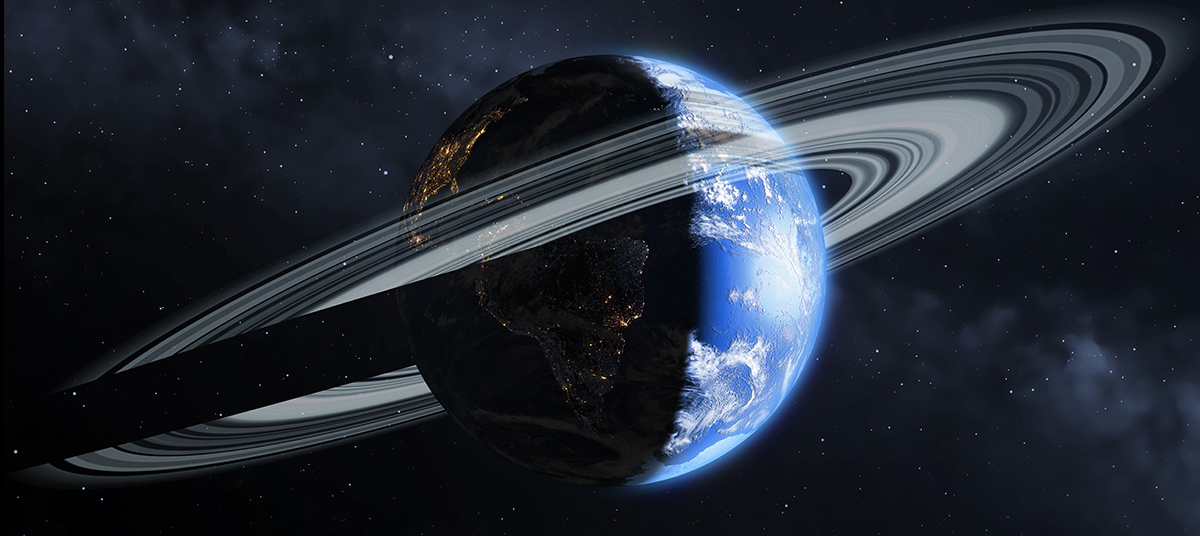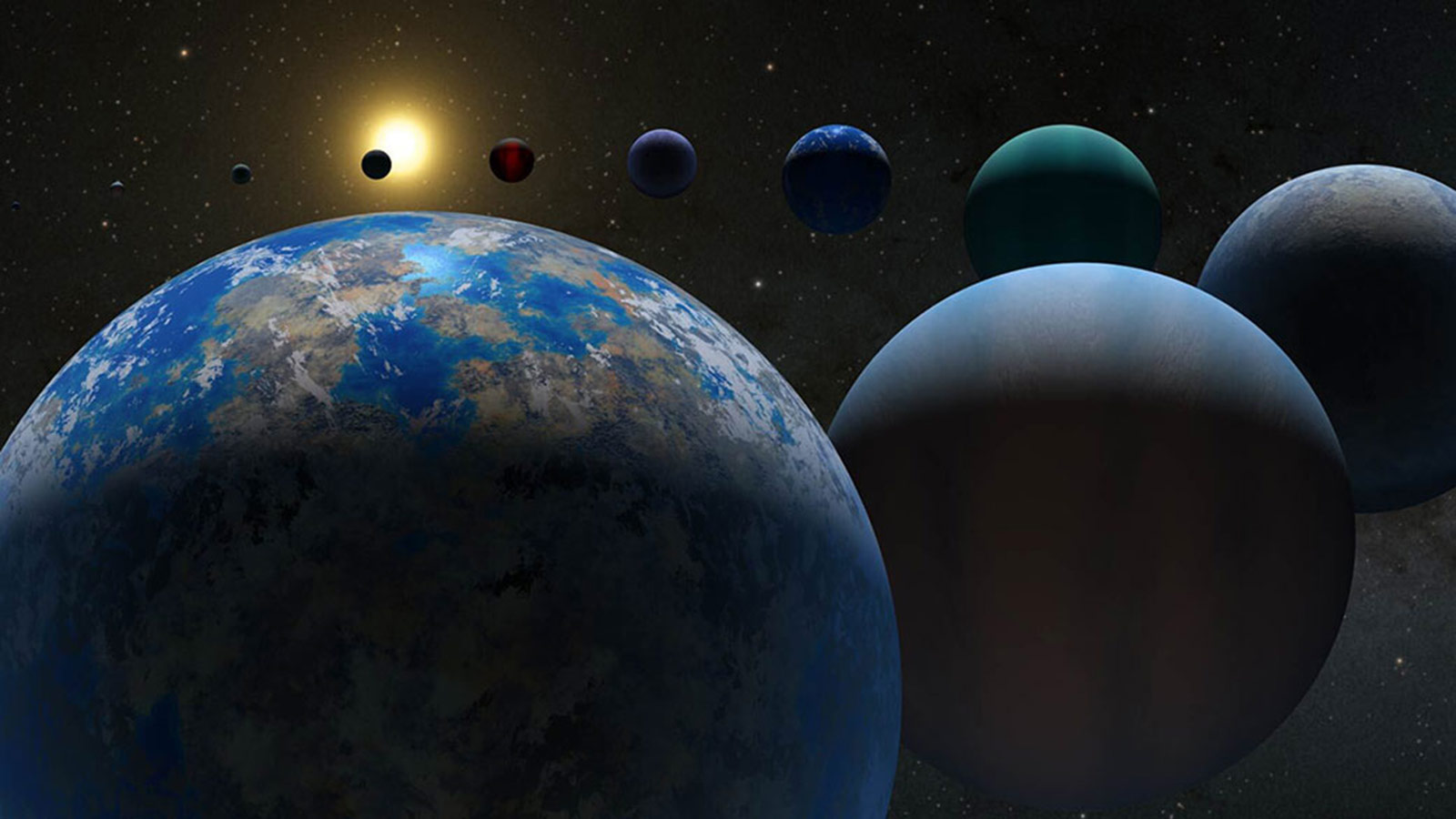Rings are flat, circular discs of particles that orbit a planet. They are composed of ice, rock, and dust, and they can vary greatly in size, composition, and appearance.
Saturn’s Rings: The Most Famous
Saturn is perhaps best known for its spectacular rings, which are the most prominent and visible of any planet in the solar system. These rings are composed of countless individual particles, ranging from microscopic grains to large boulders. Saturn’s rings are divided into several distinct divisions, including the A ring, B ring, and C ring.
Other Planets with Rings
While Saturn’s rings are the most famous, other planets in the solar system also have rings:
- Jupiter: Jupiter has faint rings composed primarily of dust.
- Uranus: Uranus has a system of rings that are tilted at an angle, making them appear as thin lines when viewed from Earth.
- Neptune: Neptune also has rings, which are faint and difficult to see.
Formation of Rings
The formation of planetary rings is still a subject of scientific debate. One theory suggests that rings form from the debris of moons that have been torn apart by tidal forces. Another theory proposes that rings may have formed from material left over from the planet’s formation.
Importance of Rings
Rings can provide clues about the formation and evolution of a planetary system. They can also affect the orbits of moons and other objects in the system.
Would you like to learn more about a specific planet’s rings or the process of ring formation?



